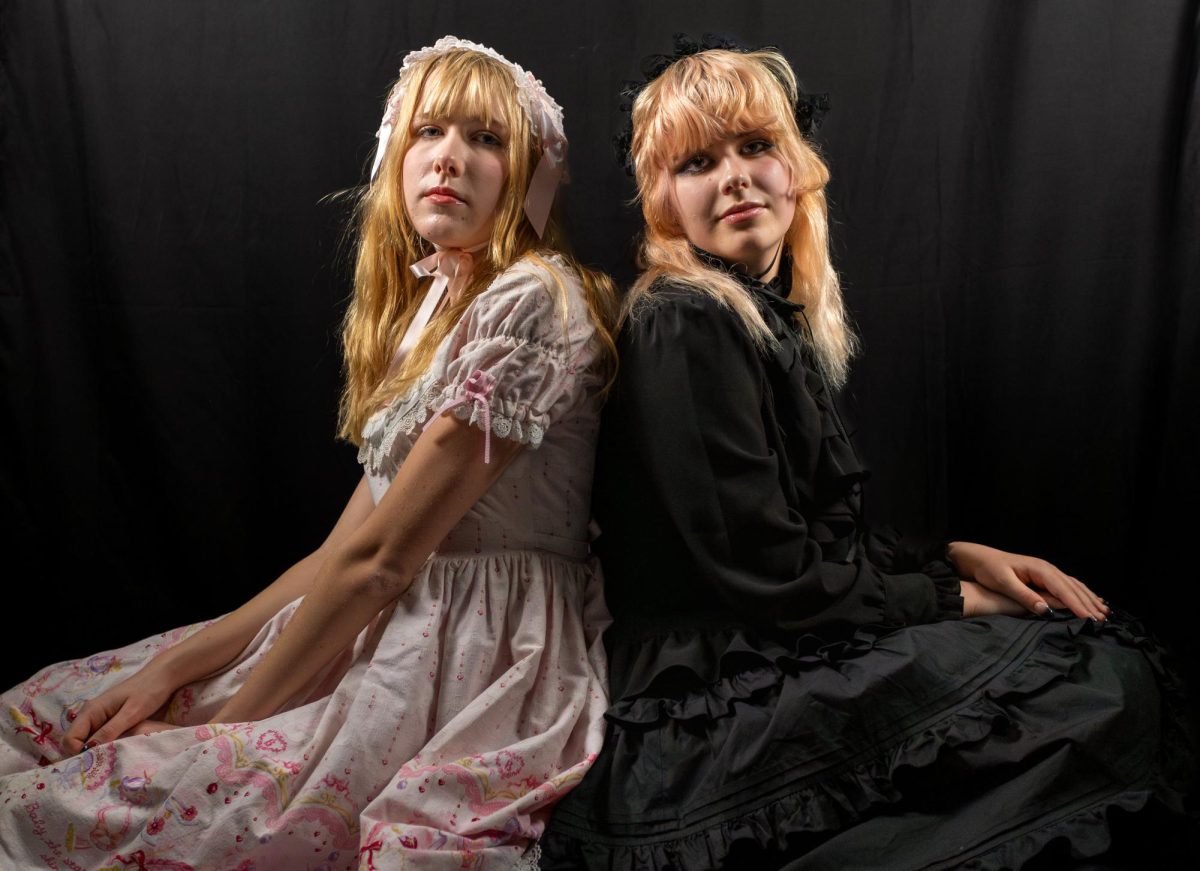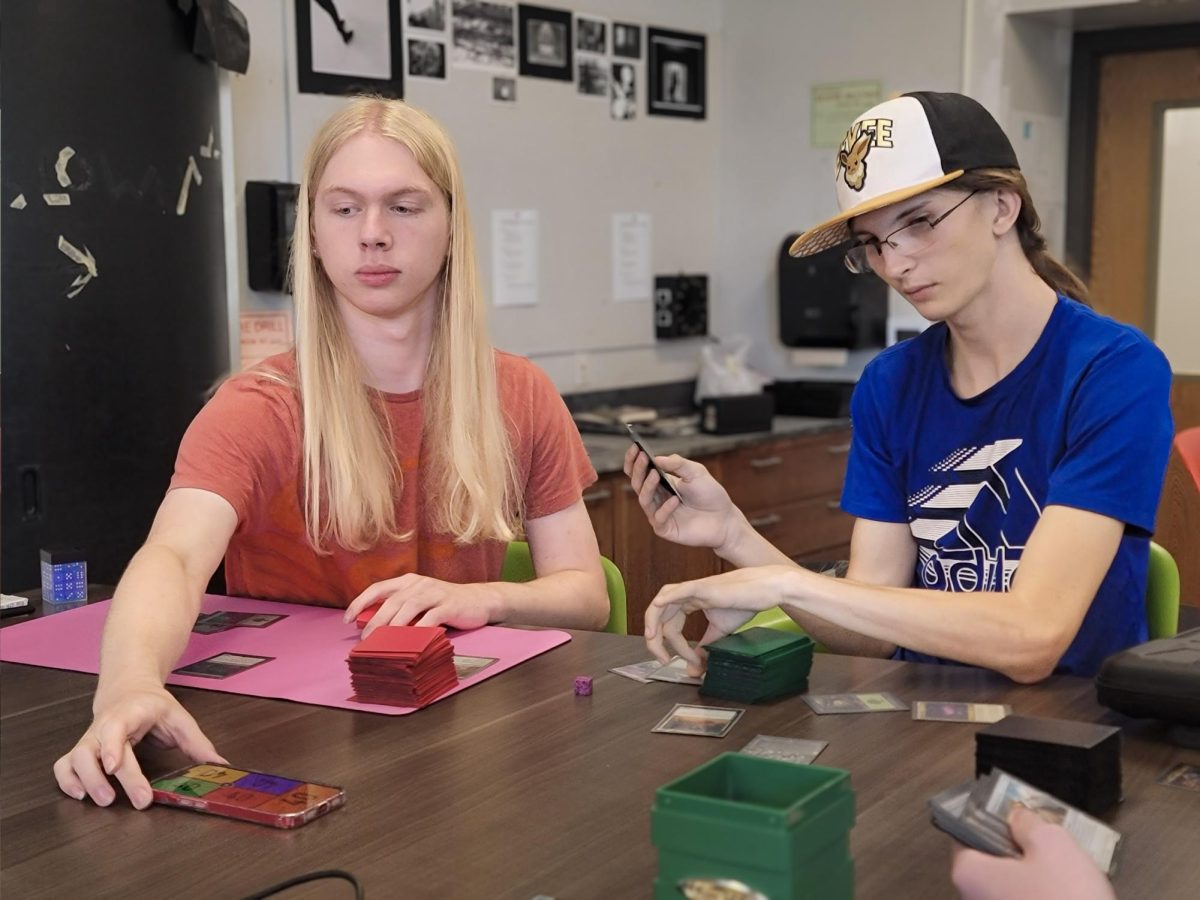“Look mommy! It’s a princess!” a young girl shouted, pointing in Levi Holkeboer’s direction. Holkeboer was wearing a Harajuku inspired outfit, complete with a frilly blouse, a bell shaped skirt and chunky boots. As Holkeboer continued to walk past, they couldn’t help but smile because not only did they look like a princess, they felt like one.
Holkeboer first discovered Harajuku fashion in middle school. After stumbling upon a video on Youtube, they quickly fell in love with the eccentric way of dressing. Their free time became consumed with searching for the latest fashions and piecing together outfits of their own.
“The moment that I saw people dressing that way, I knew I wanted to be like them,” Holkeboer said. “I just thought that it looked so cool and unlike anything I’d ever seen before.”
Originating in the Harajuku District of Tokyo, the style is known for its over-the-top extravagance. In the early 1980s, it was created as a counter culture, a way to break from the traditional Japanese way of dressing and has continued to grow in popularity since.
Under the umbrella of Harajuku fashion there are several categories, two of which are Lolita and Decora. Lolita is categorized by its 17th century silhouettes and puffy skirts, whereas Decora is categorized by its excess of accessories. Within these categories, there is variety. For instance, there are Sweet Lolitas who sport pastel colors and bows and there are Gothic Lolitas who sport lots of black and motifs such as skulls or crosses. For someone just getting into Harajuku fashion, the amount of categories and niches can seem endless.
“I think that the variety of Harajuku fashion is great,” Holkeboer said. “I love being able to experiment with the cutesy, hyper feminine clothing, as well as the more masculine clothing.”
Along with their friend, Caitlin Smith, Holkeboer runs the J-Fashion club at CHS. The two wanted to create a space for students interested in Harajuku fashion to get together, mimicking the many Harajuku communities that are located across the country. During their meetings, they talk about the newest fashions, watch movies, do crafts and just enjoy one another’s company.
But even though they have a safe space within the school, their enthusiasm for Harajuku fashion hasn’t always been shared by the outside world. Both Holkeboer and Smith have experienced their fair share of dirty looks and judgment in response to their fashion choices.
“When people see the way that I dress, they assume I’m seeking attention,” Smith said. “Or that I’m mocking the style. But in actuality I’m just wearing something that makes me happy.”
Being two white Americans, Holkeboer and Smith see how people might misunderstand their intentions. Because Harajuku fashion is highly associated with Japanese culture, many believe it is exclusive to Japan. That when Americans wear the clothing it is somehow offensive or weird. But in the creation of the J-Fashion club, Holkeboer and Smith made a point to emphasize the difference between cultural appropriation and appreciation. The pair simply appreciates the unique way of dressing and want to create a space to share it with their peers.
“Just like food or music, I think that fashion is a universal language,” Holkeboer said. “No matter where you go, I think people can appreciate when you have a good outfit.”
So whenever Holkeboer or Smith put on a large Lolita dress or colorful Decora accessories, for a second, they get to be a part of the extravagant world of Harajuku. And it is that world that they believe everyone should get to enjoy.










